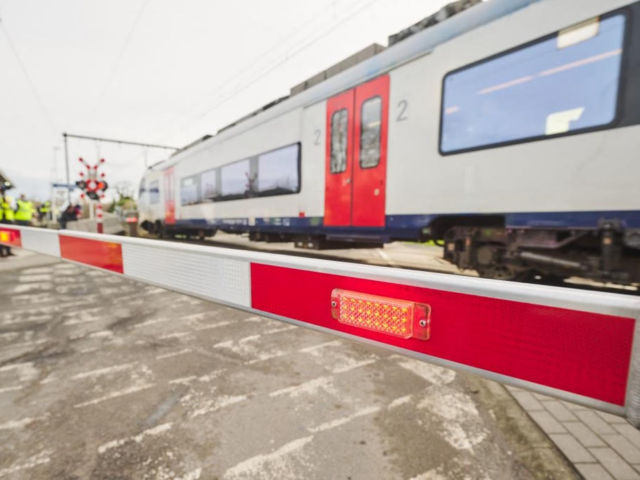China’s biggest battery maker, CATL, aims to produce all-solid-state batteries by 2027-2028 in small batches, according to one of its executives at the China International Battery Fair (CIBF) 2024 event. The Chinese, being world-dominant in liquid lithium-ion batteries, fear future solid-state battery technology could turn their pole position into an otherwise arrear.
It’s the first time CATL gives a clue about its timetable for starting to produce solid-state batteries. Toyota was one of the first to announce in June 2023 that it will have an all-solid-state battery as soon as 2027. That one should allow a 1,200 km range, later up to 1,500 km, and fast charging from 10-80% in ten minutes or less.
Toyota’s 1,300 patents
With Toyota having filed more than 1,300 patents for solid-state batteries, while Chinese battery companies have fewer than 100, the Chinese clearly feel the Japanese and the West breathing down their neck. To take defensive action, China’s battery and carmakers have united as part of a government-led initiative to commercialize all-solid-state batteries.
In February 2024, they announced the All-Solid-State Battery Collaborative Innovation Platform (CASIP) to join efforts from universities, carmakers, and battery manufacturers. This platform will bring together six of the world’s ten biggest battery makers. That includes China’s number one and two, who are fierce competitors in the field of current ‘cheaper’ LFP batteries, CATL, and BYD.
Solid-state batteries use a solid material as electrolytes instead of liquids, making them far more heat-resistant. They promise more energy density and shorter charging times. Current best-performing NMC (Nickel-Manganese-Cobalt) batteries used in premium EVs can reach a density of 350 Wh/kg. In solid-state batteries, figures of 500 Wh/kg are imaginable, promising +1,000 km ranges in a compacter format.
The popular, cheaper lithium-ferro-phosphate (LFP) batteries have lower densities. CATL’s newest Shenxing Plus battery, just unveiled, has an energy density of 205 Wh/kg, and BYD’s best Blade battery is 190 Wh/kg.
Degrading rapidly
But one of the significant problems to overcome in the race for the ultimate solid-state battery is that electrodes have been known to expand and contract repeatedly in charging cycles.
That means the battery degrades rapidly after a few hundred charging cycles, while batteries need to be able to recharge thousands of times to be economically viable. Toyota says it has overcome that hurdle with new quality materials.
The next challenge will be making it available for mass production to decrease prices. According to the Japanese Science and Technology Agency, producing solid-state batteries costs four to 25 times more ($430 to $ 2,500 per kilowatt-hour) than conventional lithium-ion batteries.
Not before 2030
Battery developers and carmakers worldwide are working hard to be the first to bring solid-state batteries to the market. While Toyota targets 2027-2028, some pioneers like European StoreDot say it won’t happen any sooner than 2030. BMW announced it will launch a prototype BEV in 2025 and a production model by the decade’s end. Nissan claims the end of fiscal year 2028.
CATL has devoted an R&D team of close to 1,000 engineers to solid-state battery technology but acknowledges it still has a long way to go before reaching mass production. Its chief scientist, Wu Kai, said at the Battery Fair that his company, on a score of 0 to 9, is no further than 4 in solving the technical issues, not to mention the issue of costs.
CATL’s goal is to reach a score of 7-8 by 2027, but that would mean only being able to produce very limited all-solid-state batteries. The Chinese believe liquid batteries will have a life cycle of at least another 20 years. Solid-state batteries could take 20-30 years to reach 50 percent market share.




Comments
Ready to join the conversation?
You must be an active subscriber to leave a comment.
Subscribe Today